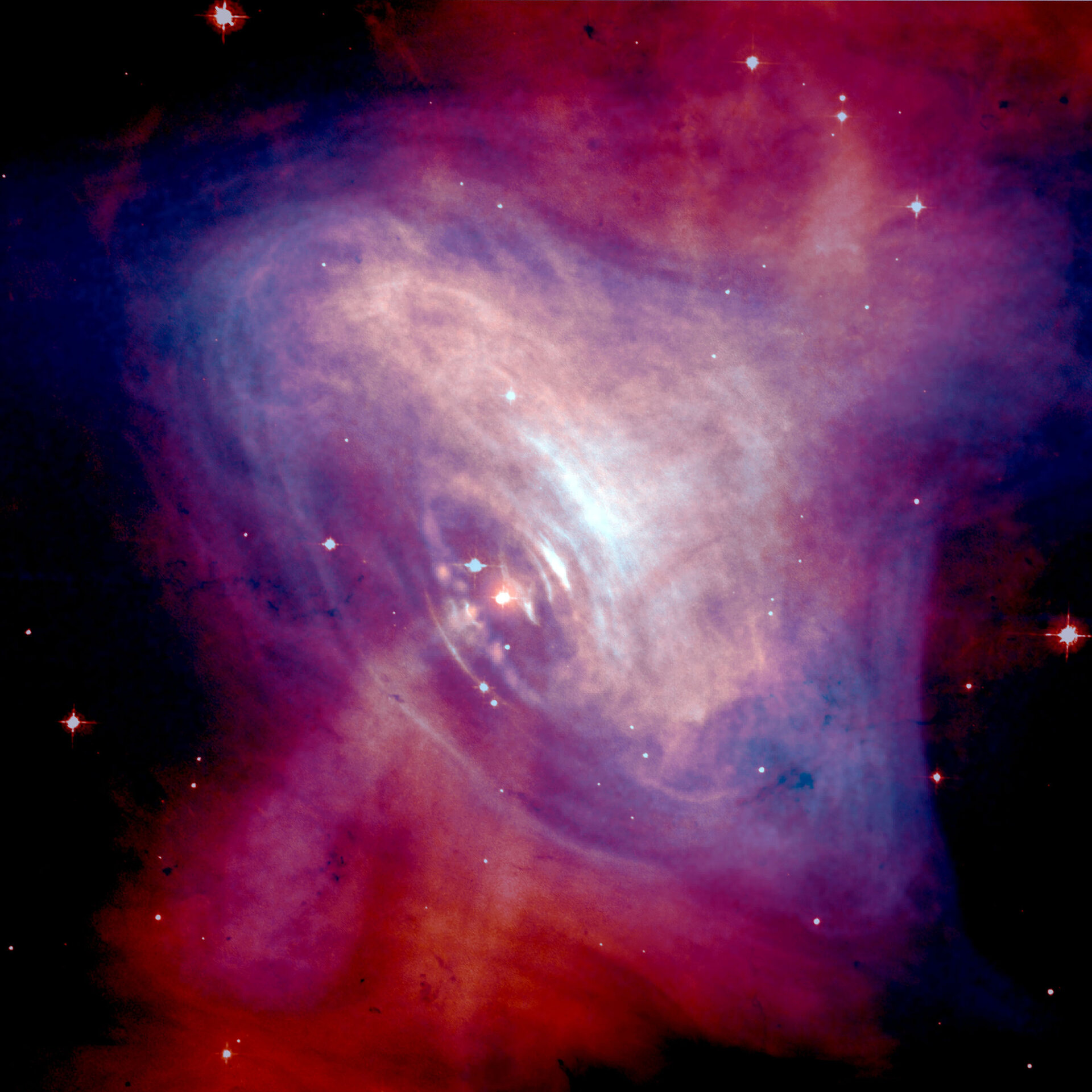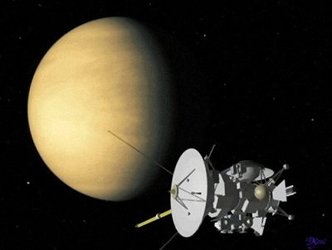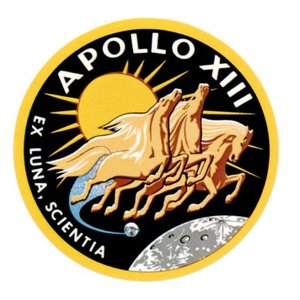22 April
1056: On 22 April 1056, the final observation was made of a 'guest star' in the constellation of Taurus. In fact, what had been observed, was the supernova explosion of what is now called 'The Crab Nebula'
It was first observed on 5 July 1054 by Chinese astronomers. It became about four times brighter than Venus at its brightest, with a peak apparent brightness of about –3.5 magnitude. It was visible in daylight for the next 23 days. It was probably also recorded by Anasazi Indian artists (in present-day Arizona and New Mexico) as their art seems to indicate the event.
On 22 April 1056, a Chinese astronomer reported that "The guest star has become invisible, which is an omen of the departure of the guest. Originally, during the fifth month of the first year of the Chih-ho reign period, it appeared in the morning in the east guarding T'ien-Kuan. It was visible in the day like Venus, with pointed rays in all four directions. The colour was reddish-white." Yang Wei-Te, the Chinese court astronomer/astrologer, reported that in its first two months, the star was a yellow colour.
This phenomenon is now called a 'supernova', an exploding star which is temporarily much brighter than any other object in the sky, apart from the Sun. A supernova occurs at the end of a star's lifetime, when its nuclear fuel is exhausted and its mass is no longer supported by the release of nuclear energy. If the star is particularly massive, then its core will collapse and will release a huge amount of energy. This will cause a blast wave that ejects the star's envelope into space. The result of the collapse may be, in some cases, a rapidly rotating 'neutron star' that can be observed many years later as a radio pulsar.
Today, the Crab Nebula can be seen near Zeta Tauri. This is an irregular, expanding, pattern of gases, which bears a slight resemblance to a crab. It is also called M1, because it is first on the Messier list of objects (nebulas, clusters, and galaxies).
The Crab Nebula is a strong source of radio waves. In 1969, the radio waves were shown to pulse, (turn on and off), thirty times a second. Near the centre of the nebula is a dim star called NP0532. This star has been shown to be a pulsar, and its visible light pulses at the same frequency as the radio waves. This star is spinning at a rate of 30 times per second, and is about 10 kilometres in diameter.
It is one of few historically observed supernovae in our Milky Way Galaxy. While many supernovae have been seen in nearby galaxies, they are relatively rare events in our own galaxy. The last to be seen was Kepler's star in 1604.











